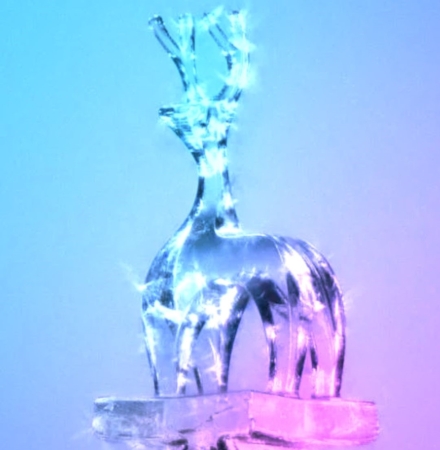Rare colony has the perfect habitat
AWE Aldermaston has a rich eco-system which includes many protected species. One of the special inhabitants is a colony of great crested newts, the least common of three species found in the UK.
At AWE, we recognise our responsibility to preserve, protect and improve the environment for present and future generations.
Great crested newts are Britain’s largest newt species and, although given legal protection, populations have declined over recent years as a result of destruction of their habitat.
To protect the species at AWE, Aldermaston ecologist Piran Borlase-Hendry and environment specialist Simon Tapley lead a survey of great crested newts every year.
To survey the newts, the team first has to catch them and this requires a licence because, as a protected species, not just anyone can legally handle a newt.
Piran, one of 10 licensed newt handlers at AWE, said: “Having a small group of enthusiastic and licensed staff enables AWE not only to monitor the newt population, but also to remove them from harm’s way on construction sites.
 ”This, in turn, enables us to reduce delays to projects and eliminate the cost of external contract support.”
”This, in turn, enables us to reduce delays to projects and eliminate the cost of external contract support.”
AWE has the perfect habitat for newts, with several ponds at Aldermaston where they flourish.
The annual survey employs a range of techniques to catch the newts, including non-lethal traps made from bamboo canes and plastic bottles.
This year, the conservation group recorded the two other native UK newt species – palmate and smooth.
Great crested newts fact file
The great crested newt (Triturus cristatus) is the UK’s largest newt, reaching a maximum adult overall length of up to about 170mm, although size varies between populations. Adults are easily distinguished from the two other native newt species, the smooth and palmate, by size and colouring; these two smaller species reach a maximum of around 100mm.
The skin of adult great crested newts is granular in appearance. It has a black or dark brown background colour with darker spots that in males extend on to the crest. It has very fine white spots on the lower flanks. Both sexes have a vivid orange or yellow belly with an irregular pattern of dark black spots or blotches.
Although now afforded a high level of legal protection, great crested newts populations have suffered a major decline over the last century, primarily as a result of habitat loss. The species may be abundant locally in parts of lowland England, but in much of the country it is scarce.



